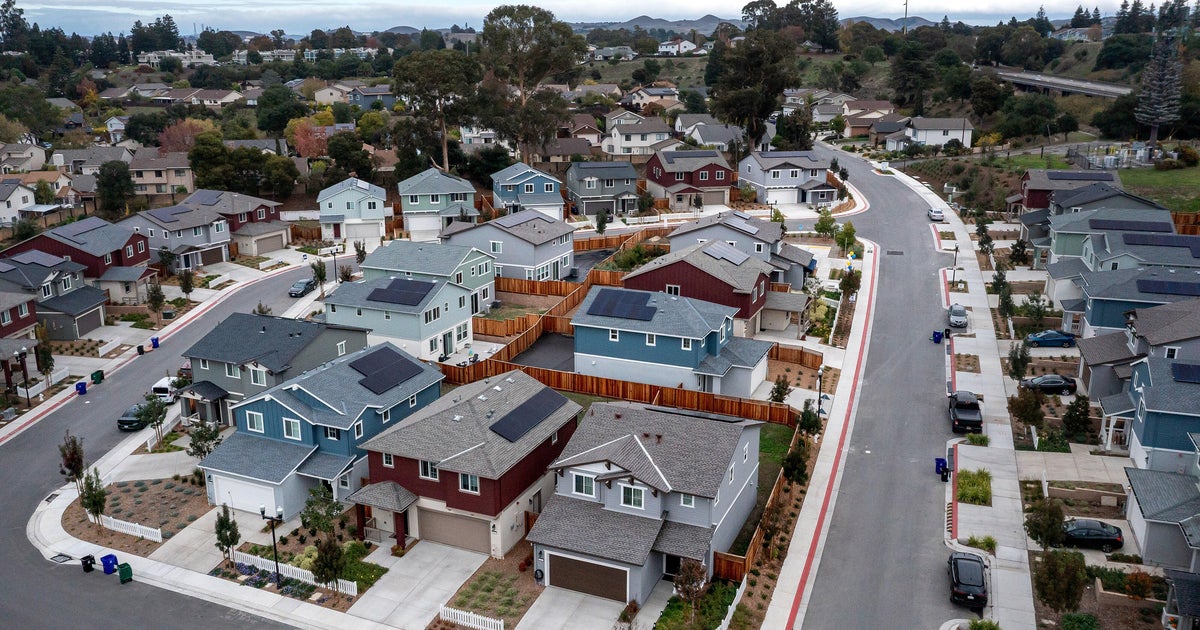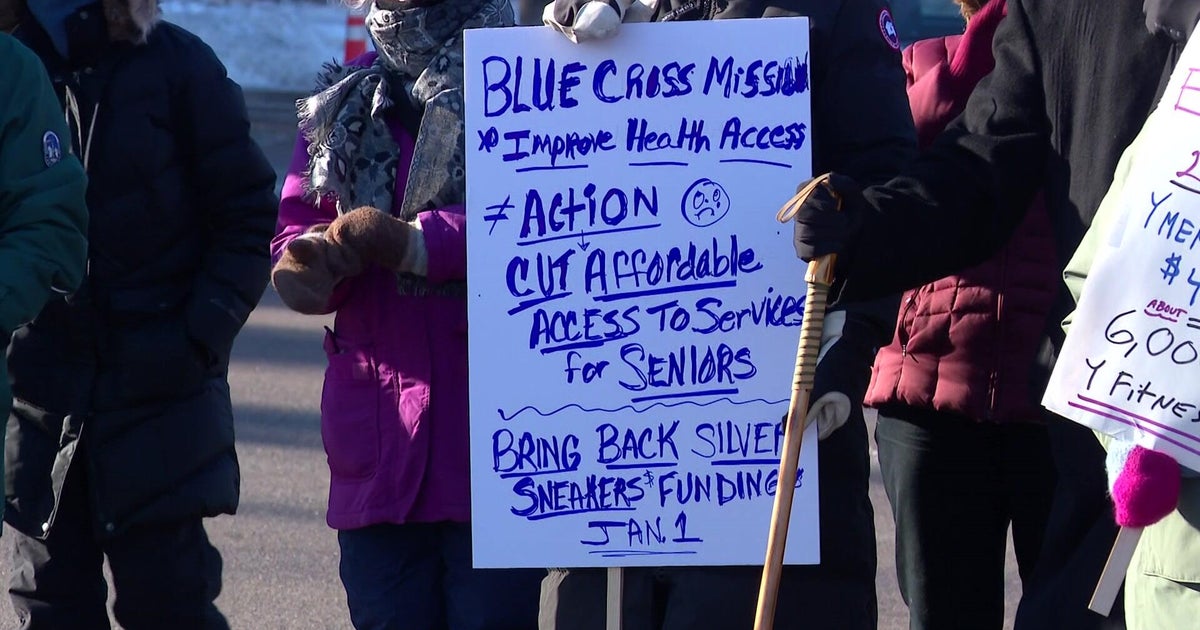Social Security benefits face reduction a year earlier than expected due to pandemic
Social Security and Medicare, the government's two biggest benefit programs, remain under intense financial pressure with the retirement of millions of baby boomers and a devastating pandemic. Social Security will be unable to pay full benefits starting in 2034, a year earlier than previously forecast, due to impact of the crisis.
That's according to a new report from the programs' trustees released Tuesday, which moved up, by one year, the date for the depletion of Social Security's reserves. Medicare is still expected to exhaust its reserves in 2026, the same date as estimated last year.
The pandemic's hit to the economy — when unemployment rocketed to almost 15% — has rippled through the nation, prompting some older workers to take early retirement, while millions of women with children have left the workforce due to remote school or lack of daycare. At the same time, fewer adults are opting to have children, depressing the birth rate. A shrinking workforce may also pose trouble in the longer-term for the Social Security program, since it relies on a payroll tax to finance benefits.
"The finances of both programs have been significantly affected by the pandemic and the recession of 2020," the trustees said in the report.
Employment, earnings, interest rates and economic growth plummeted in the second quarter of 2020 after the pandemic hit the United States, the report noted.
Even so, the report added that "given the unprecedented level of uncertainty" there was no consensus on what the long-lasting effects of the pandemic will be on the two benefit programs.
Pandemic baby bust
Fewer people are having children amid the pandemic, a trend that will continue until 2023, the report forecasts. The birth rate is expected to drop to 1.54 children per woman this year, and rise to 1.62 in 2022. By 2023, the rate should recover to 1.71 children per woman, the rate it would have been without the pandemic, the trustees said.
Granted, the U.S. birth rate has been declining for decades, reaching a 42-year low in 2020. That has long-term implications for the labor market and retirement programs, with some demographers describing it as a "crisis."
Meanwhile, death rates for people over 15 years old rose more than 16% last year due to the pandemic and will remain elevated through 2023, the report said.
78 cents for every $1
When the Social Security trust fund is depleted, the government will be able to pay 78% of scheduled benefits, the report said.
Because a reduction in benefits of that magnitude would cause a political uproar, it is likely that Congress would find ways to recover the lost benefits, either by hiking the payroll taxes paid by current workers or by increasing government borrowing to cover the shortfall.
Government economic experts who prepared the Social Security report said recent increases in inflation mean the cost-of-living adjustment (COLA) for 2022 will approach 6%, a whopping jump from the 1.3% COLA awarded for this year. But recipients will have to wait for that bump because the Social Security Administration adjusts its payments only once a year. That means seniors and other Social Security beneficiaries wouldn't receive the increase until January 2022.
The Medicare "Part B" premium for outpatient coverage is projected to rise by $10 a month in 2022, to $158.50 under the report's intermediate assumptions.
The new report, which has been delayed for a number of months, represents the government's effort to assess the impact of last year's pandemic and recession on the financial health of the two big benefit programs.
The U.S. economy lost a staggering 22.4 million jobs in March and April 2020 as the pandemic forced businesses to close or cut their hours and the economy went into recession.
But the recession turned out to be brief and hiring has bounced back as economic growth has resumed. Employers have brought back 16.7 million jobs since April 2020, but that gain still leaves the labor force 5.7 million jobs below where it was before the pandemic hit.







